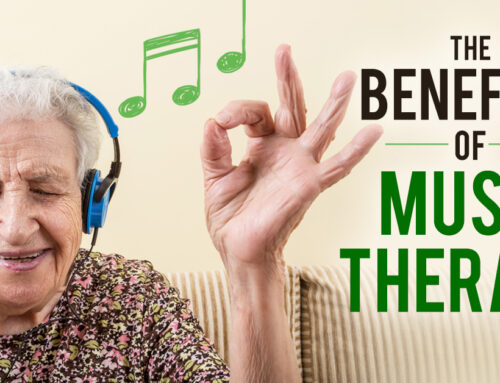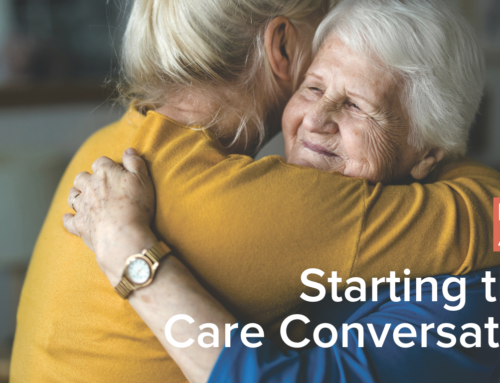Small Changes Can Make a Big Difference
Does your mom still have decorative throw rugs scattered around her home?
Is your dad’s living room cluttered with magazines, newspapers, books and other items?
Do you worry that your aging loved one’s shower may not be safe?
If you answered yes to any one of those questions, your senior’s home is probably not aging friendly.
“We know that an overwhelming majority of seniors want to remain in their own homes for as long as possible. Unfortunately, all too often we find that seniors and their families haven’t considered some of the challenges that may threaten their ability to do so,” said Teresa Steinfatt, vice president of business performance at the HomeCare Advocacy Network (HCAN). “With a few simple modifications, families can make their loved ones’ homes easier and safer to live in, so they can continue to live independently.”
Steinfatt said it’s important for families to go room-by-room – looking for potential hazards or ways to make them more senior-friendly.
Kitchen
- Ensure the room is well-lit
- Move all cooking utensils to cabinets within easy reach
- Provide pots that have two handles
- Replace glass items with plastic
- Inspect smoke detectors at least every three months
- Invest in automatic shut-off devices for the stove and other appliances
Bathroom
- Install grab bars in the bath/shower and near the toilet
- Replace the standard toilet with a raised or high-profile toilet
- Add textured, non-slip strips to the shower/tub
- Invest in a shower chair
- Replace standard faucet handles with ones that are easier to use
- Install bright lighting and night lights
- Make sure necessities are easily accessible
Living Room, Bedrooms and Hallways
- Clean up the clutter – magazines, books, extension cords and other items that may be tripping hazards
- Toss the throw rugs and tack down any loose carpet
- Add nightlights to help with guidance at after dark
- Replace standard doorknobs with lever handles
Stairways
- Install (or tighten) handrails on both sides of each stairway
- Place light switches and nightlights at the bottom and top of the stairs
- Replace outside steps with ramps
“These small changes can make a big difference when it comes to a senior’s ability to remain safely in their home,” Steinfatt said. “However, home modifications alone may not be enough – particularly for seniors who live alone. They may eventually need a little help with everyday tasks like grocery shopping, meal preparation, housekeeping and personal care.”
HCAN caregivers are trained to provide everything from companionship to personal and Alzheimer’s care. Because every senior is unique, we work with families to develop a customized care plans to meet their specific needs.
“Families members can’t always be there to help, but we can be,” Steinfatt said. “Whether it’s a couple of hours a week or 24/7, our caregivers provide the services needed to help seniors age safely in their homes – because that’s where they really want to be.”
For more information about HCAN services, visit hcanthrive.com or call your local HCAN supported office.






